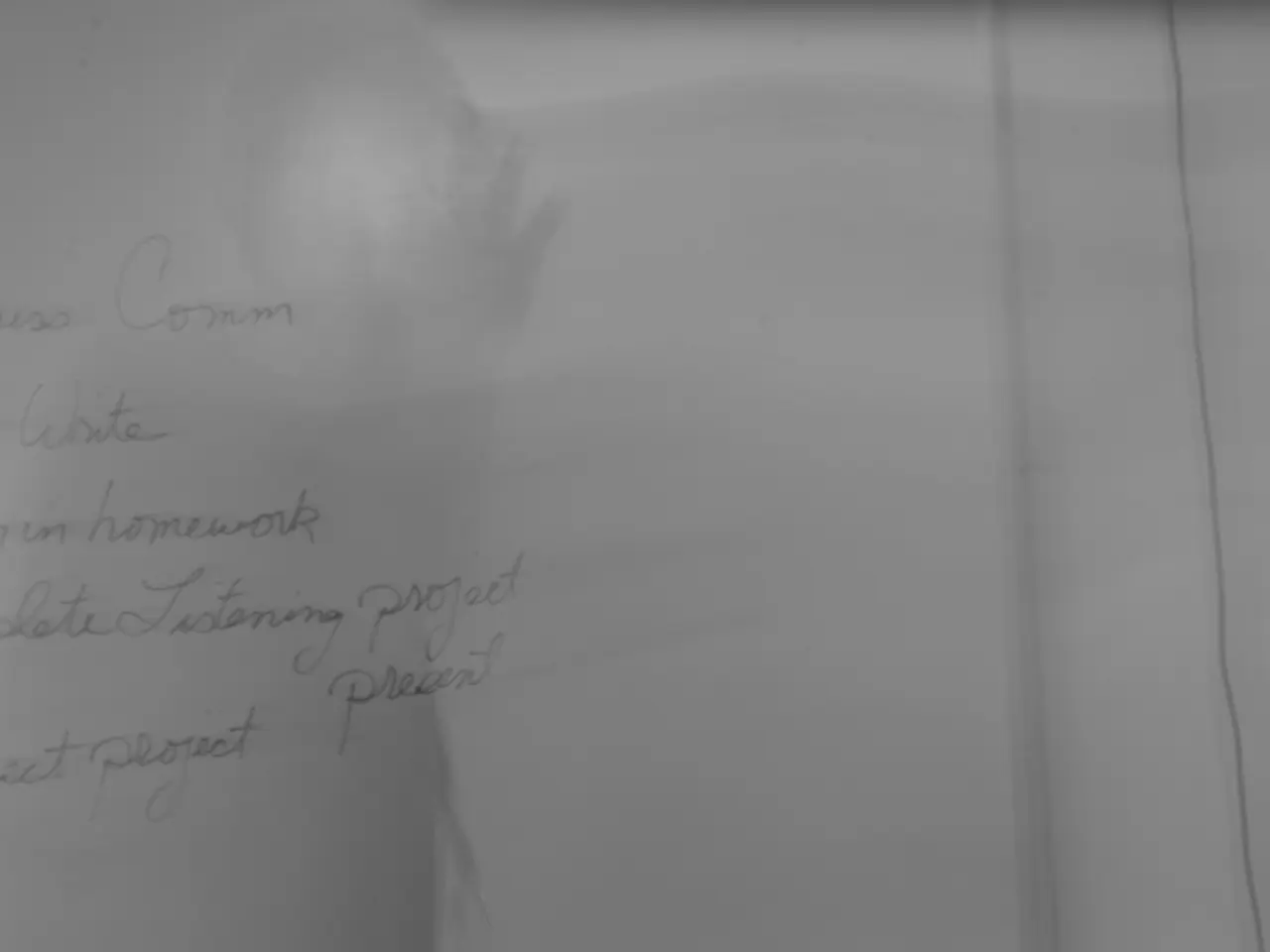Struggling Fed Experiences Inflation and Economic Stagnation Amidst Trump's Disruptions
The Federal Open Market Committee (FOMC) of the US central bank has made a move to lower interest rates, reducing the federal funds rate by 25 basis points. This is the first such move by the FOMC this year, as economic indicators continue to show signs of turbulence.
The unemployment rate is expected to rise by 0.2 percentage points to 4.5% by the end of the year, according to the FOMC's projections. This increase, coupled with the weakness in the labor market, has raised concerns among central bankers. The job market has been slowing down, with only around 75,000 jobs being created each month since January, a figure that typically signals a recession.
Inflation is also on the rise, with Trump's import tariffs playing a significant role. Companies may no longer be able to absorb the lower profit margins caused by the increased input costs, leading to higher prices for consumers. According to the FOMC's latest projections, the PCE price index is expected to rise from 2.6% in July to 3.0% by December, and the core rate is projected to climb from the current 2.9% to 3.1%.
The situation is precarious, as the weakness in the labor market is accompanied by higher inflation. The Fed Chair, Jerome Powell, has stated that the central bank is walking a tightrope, dealing with sluggish job growth and a higher unemployment rate while trying to keep inflation in check.
The interest rate decision is made based on economic criteria, not political influence, and the Fed remains independent. However, the balancing act of the Fed is being complicated by the presence of Donald Trump. Trump has installed his political ally, Stephen Moore, on the Fed's board. Moore, as the only new voting member of the FOMC, voted for a 50 basis point easing in the recent meeting.
Trump and Moore aim to systematically undermine the political independence of the central bank. They may push for more than a 25 basis point easing if a majority of central bankers vote for it in October. Trump and his Fed governor are currently isolated and powerless, but if he removes Lisa Cook from office, he could have two lackeys on the board. From mid-next year, Trump could have a third lackey on the board if he installs a successor to Powell.
The "dot plot" now indicates two rate cuts, with 9 out of 18 FOMC members dissenting. Moore will always act in the interest of the President, who prefers a 1% interest rate. Trump and Moore could demand a 0.75 or even a full percentage point easing in interest rates, which could have significant implications for the economy.
The political adviser nominated by US President Trump as the third member of the Federal Reserve Board of Governors is Stephen I. Miran. He was nominated by Trump on September 2, 2025, confirmed by the Senate on September 15, 2025, and sworn in on September 16, 2025. Moore, while also heading the Council of Economic Advisers (CEA), has ensured that Trump remains his boss.
The FOMC's decision to lower interest rates is a response to the current economic climate and the challenges it presents. As the situation evolves, the FOMC will continue to monitor the economy and make decisions based on the best interests of the country.
Read also:
- chaos unveiled on Clowning Street: week 63's antics from 'Two-Tier Keir' and his chaotic Labour Circus
- Skechers Debuts First American Stores Focused on Athletic Footwear Performance
- Budget discrepancy jeopardizes highway projects' financial support
- Racing ahead in Renewable Energy Dominance: Changzhou, Jiangsu Pushes for Worldwide Renewable Energy Ascendancy




